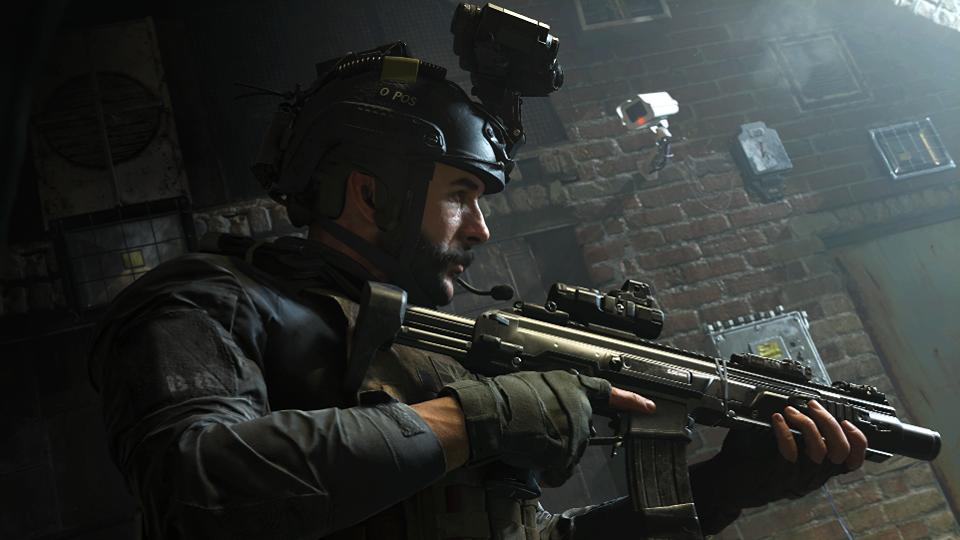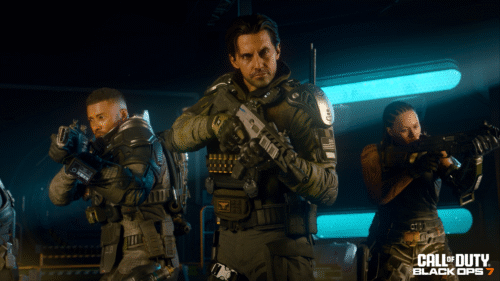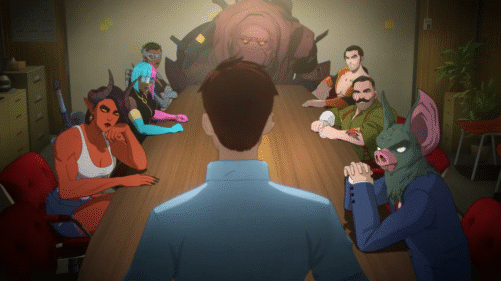It’s been interesting to see how franchises built on bloodshed have responded to rises in terrorism and mass shootings. It does not feel coincidental that series like “Battlefield” and “Call of Duty” have largely avoided present-day dynamics over the last few years. It feels safer to go back to past wars or imagine future ones instead of putting us in the middle of actual conflicts happening around the world today or imagine horrific situations that could yet unfold. One of the most striking things about “Call of Duty: Modern Warfare,” the latest iteration in the uber-blockbuster series of video games, is how it jumps into controversial with both feet. While I respect a series for challenging norms, and I think they want this game to make you a bit uncomfortable at times, they didn’t quite crack how to balance the over-the-top escapism of games like this one with real-world tragedies both real and imagined.
“Modern Warfare” drops you into the middle of a covert operation involving biochemical warfare. When a shipment headed for Urzikstan is stolen, the very familiar face of SAS Captain John Price leads the effort to get it back, but not before a terrorist attack unfolds in Piccadilly Circus in London. This scene is startling, as you take aim at heavily armed men opening fire into crowds of people in a famous public place. It’s easy to miss and hit a fleeing pedestrian yourself. Now, the graphics are not super-realistic, likely to make it easier to divest reality from escapism, but trying to shoot around innocent people to get a clear shot at terrorists in Piccadilly Circus feels like something someone could actually have to do someday.

Some will praise the realism of this effort, but the human cost never feels genuine. The terrorists and collateral damage fall in the same way and have the same impact on you as a player, and the game ultimately becomes so exaggerated—you will kill literally hundreds of people over the course of the campaign—that one has to wonder why edge so close to reality at all. There’s an even more striking sequence later in which you play a young girl whose father has just been killed by an enemy soldier. As you try to hide from the man who will likely kill you, you search your home for a weapon, eventually stabbing him, taking his gun, and killing him. If there’s one thing that a series like this should arguably avoid, child soldiers would arguably be one. It’s just too real, especially in the context of a game that’s so often not real at all. And don’t get me started on being waterboarded in first-person, something I never thought I’d see in a video game.
Waterboarding, torture, mass shootings—these are all things of which we don’t necessarily want to be reminded when we’re playing a video game. And, to be fair, most people play the “Call of Duty” games for the multiplayer mode, which is robust and excellent in this iteration. Along with fan favorites like Kill Confirmed and Domination, the developers have added an array of new game styles, including ones that go for realism, reducing on-screen graphics like HUD displays and make it much harder to survive a single shot. The multiplayer is the main reason people return to this franchise, and I found this one to be the most entertaining in years. The map design is top-notch, the weapon customization is as deep as ever, and the variety of games allows for hours of entertainment.

Back to the campaign, here’s where a longtime “Call of Duty” fan who is also an occasional critic finds himself conflicted. I would be lying if I didn’t admit that there are chapters in the campaign for “Modern Warfare” that are very entertaining and well-designed. It’s one of the more breakneck campaigns I’ve played in a long time in terms of momentum, rarely slowing down and providing some moments of truly memorable chaos. But I keep going back to that Circus scene or being tortured for information or stabbing a grown man with the hands of a child and wondering what that added to the experience. It certainly doesn’t make the story more resonant or “realistic.” There’s too much Michael Bay-esque chaos for that to be the case. So the inclusion of things like child soldiers and chemical warfare feels hollow. If you’re going to give me a big, escapist, blockbuster of a video game, go all in on the B-movie, crazy action and leave the real-world concerns for the nightly news. Or go in the other direction and make a truly harrowing, realistic experience. Too much of “Modern Warfare” feels like it wants to have it both ways. There’s a reason Michael Bay didn’t direct “Zero Dark Thirty.”
Again, I’d be lying if I said I didn’t enjoy “Call of Duty: Modern Warfare” and I suspect I’ll be playing the multiplayer through 2020. And there’s something fascinating even attempting to pull the biggest entertainment property in the world into something that feels more genuine than this series has been in a long time. The lesson may be that next time they need to pull harder, or not at all. It’s a lesson that holds true for film as much as video games: if you’re going to bring up something like modern warfare, make sure you have something to say about it.












